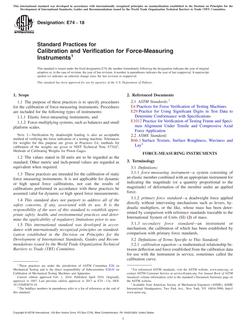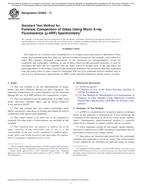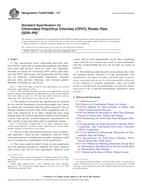1.1 These test methods cover physical testing of quicklime and hydrated lime, and of limestone not otherwise covered in ASTM standards.
Note 1 – Quicklime and hydrated lime have a high affinity for moisture and carbon dioxide. Caution should be taken to protect both hydrated and quicklime during sampling, storage, and testing (see Practice C 50).
1.2 The test procedures appear in the following order:
| Section | |
| Air Entrainment | 13 |
| Apparent Loose Density of Hydrated Lime, Pulverized Quicklime, and Limestone | 16 |
| Apparent Packed Density of Hydrated Lime, Pulverized Quicklime, and Limestone | 17 |
| Autoclave Expansion of Hydrated Lime | 8 |
| Dry Brightness of Pulverized Limestone | 15 |
| Dry Screening by Air Jet Sieve | 19 |
| Fineness of Pulverized Quicklime and Hydrated Lime by Air Permeability | 18 |
| Limestone Grindability | 20 |
| Particle Size of Pulverized Limestone | 14 |
| Plasticity of Lime Putty | 7 |
| Popping and Pitting of Hydrated Lime | 9 |
| Residue and Sieve Analysis | 5 |
| Settling Rate of Hydrated Lime | 11 |
| Slaking Rate of Quicklime | 12 |
| Specific Gravity of Hydrated Lime Products | 21 |
| Standard Consistency of Lime Putty | 6 |
| Water Retention of Hydrated Lime | 10 |
| Wet Sieve Analysis of Agricultural Liming Materials | 22 |
1.3 The values stated in SI units are to be regarded as the standard.
1.4 This standard does not purport to address all of the safety concerns, if any, associated with its use. It is the responsibility of the user of this standard to establish appropriate safety and health practices and determine the applicability of regulatory limitations prior to use.
Product Details
- Published:
- 12/10/2002
- Number of Pages:
- 21
- File Size:
- 1 file , 610 KB


